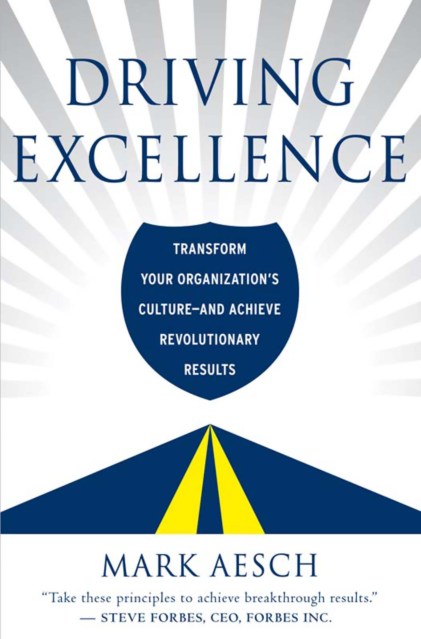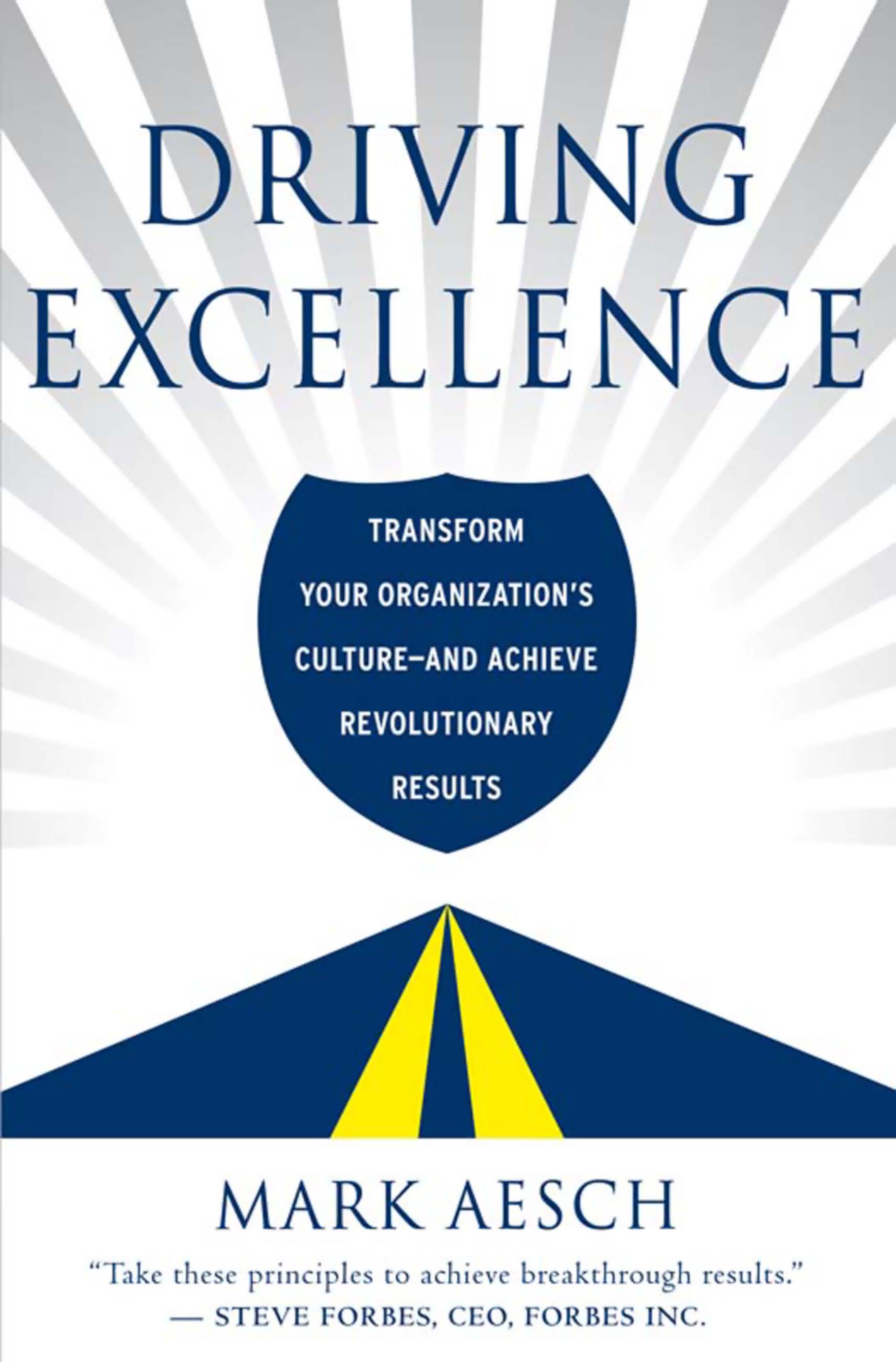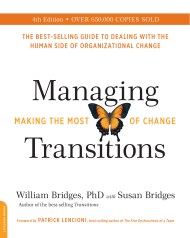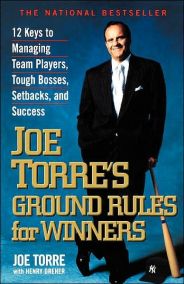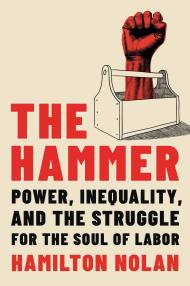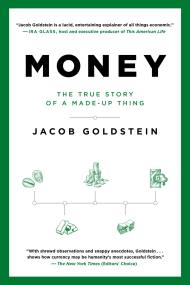Promotion
Use code MOM24 for 20% off site wide + free shipping over $45
Driving Excellence
Transform Your Organization's Culture -- And Achieve Revolutionary Results
Contributors
By Mark Aesch
Formats and Prices
Price
$10.99Price
$13.99 CADFormat
Format:
ebook $10.99 $13.99 CADThis item is a preorder. Your payment method will be charged immediately, and the product is expected to ship on or around February 1, 2011. This date is subject to change due to shipping delays beyond our control.
Also available from:
When Aesch took over the Rochester Genesee Regional Transportation Authority in 2004, it was operating with a 27.7-million-dollar deficit, and was poised to raise fares, lay off employees, and slash service. Under Aesch’s leadership, those deficits have been eradicated and replaced with multimillion-dollar surpluses; reliance on taxpayer subsidies has been reduced; demand for service has increased at rates three times the national average; and in an unprecedented move, the fare at the Authority’s two largest subsidiaries were actually reduced.
In Driving Excellence, Aesch shows readers how to create a culture built around selflessness rather than ego, and get employees invested in saving the company. In describing the transition from an ailing business to one that enjoys stunning success–lower fares, multi-million surpluses, and the highest ridership and customer satisfaction levels in twenty years–Aesch offers powerful principles that any organization can implement to achieve exceptional results.
Genre:
- On Sale
- Feb 1, 2011
- Page Count
- 272 pages
- Publisher
- Hachette Books
- ISBN-13
- 9781401396466
Newsletter Signup
By clicking ‘Sign Up,’ I acknowledge that I have read and agree to Hachette Book Group’s Privacy Policy and Terms of Use
